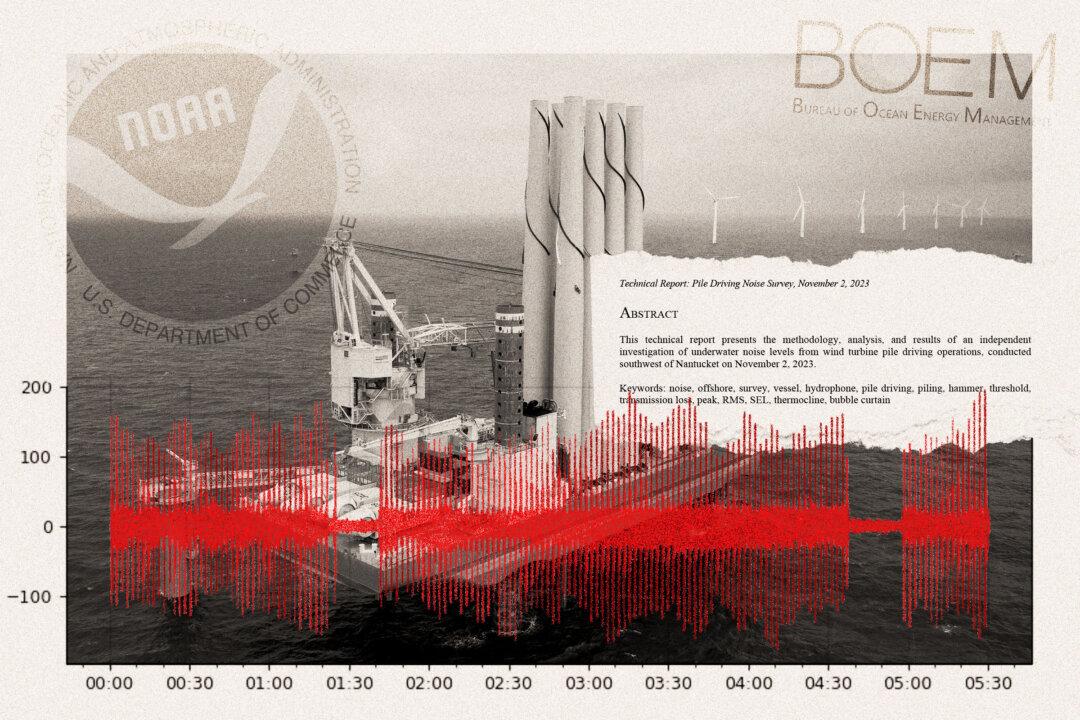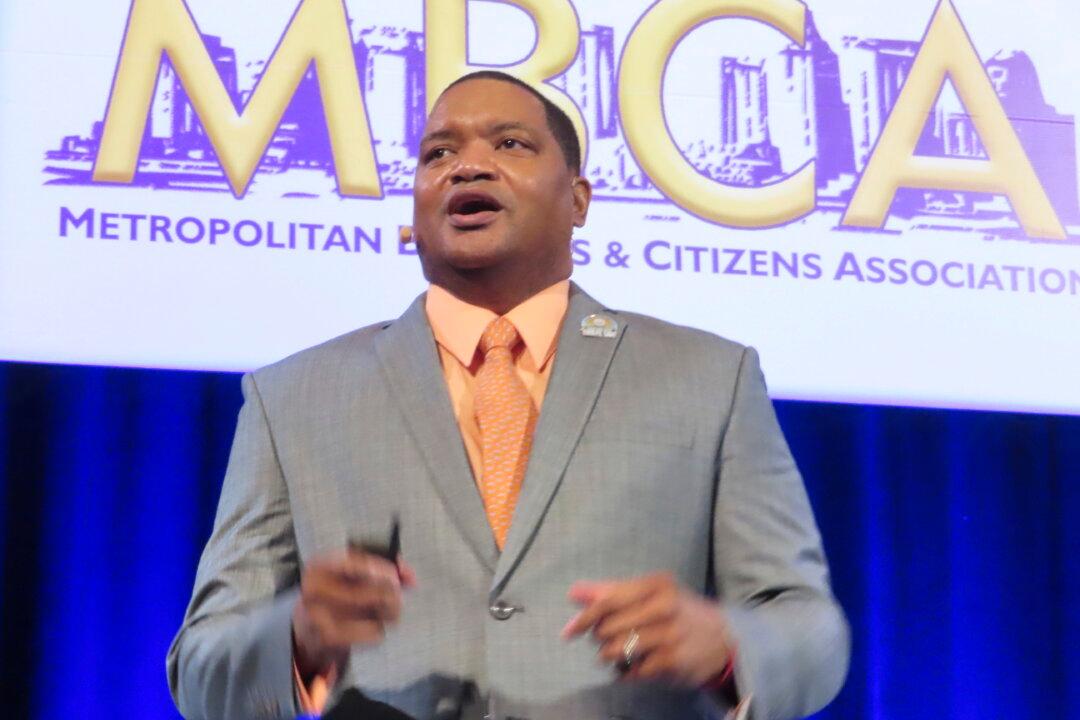Experts testified about multiple national security risks posed by offshore wind farms at a Congressional field hearing in Ocean City, Maryland, on Jan. 20.
They said giant wind turbines threaten the effectiveness of military, aviation, and marine radar; energy independence, and food security.





